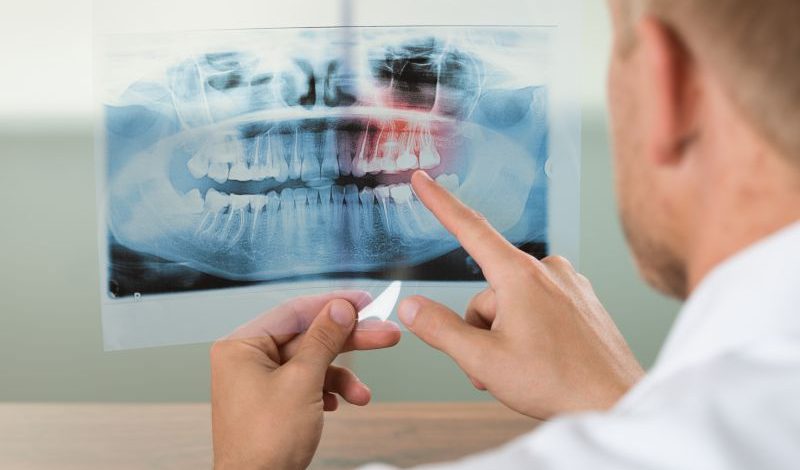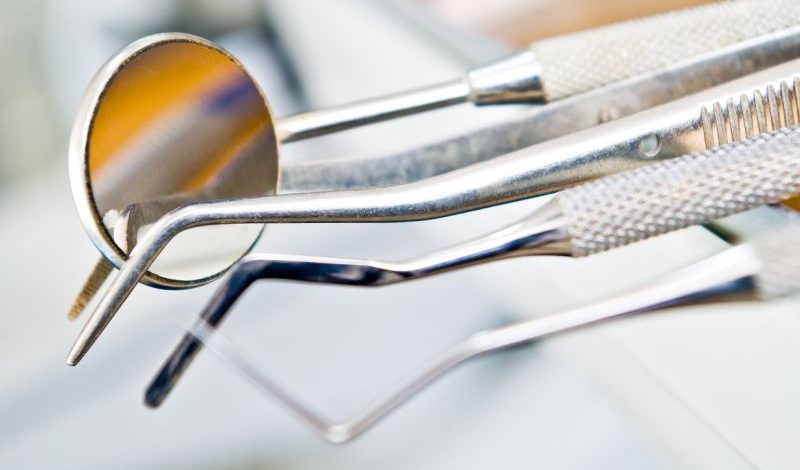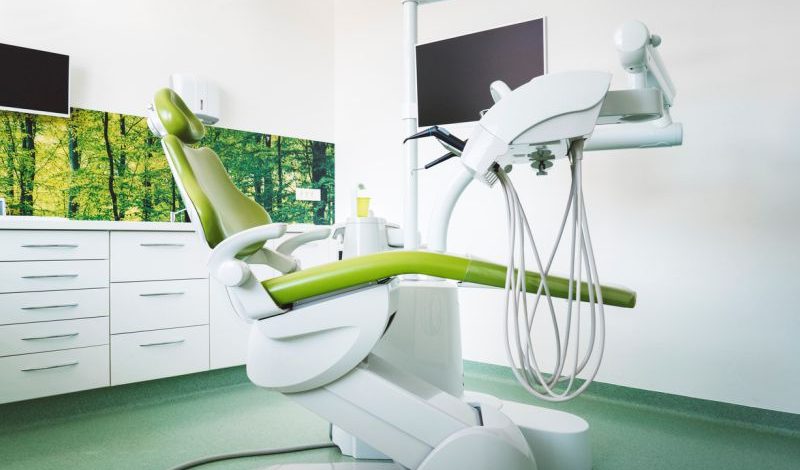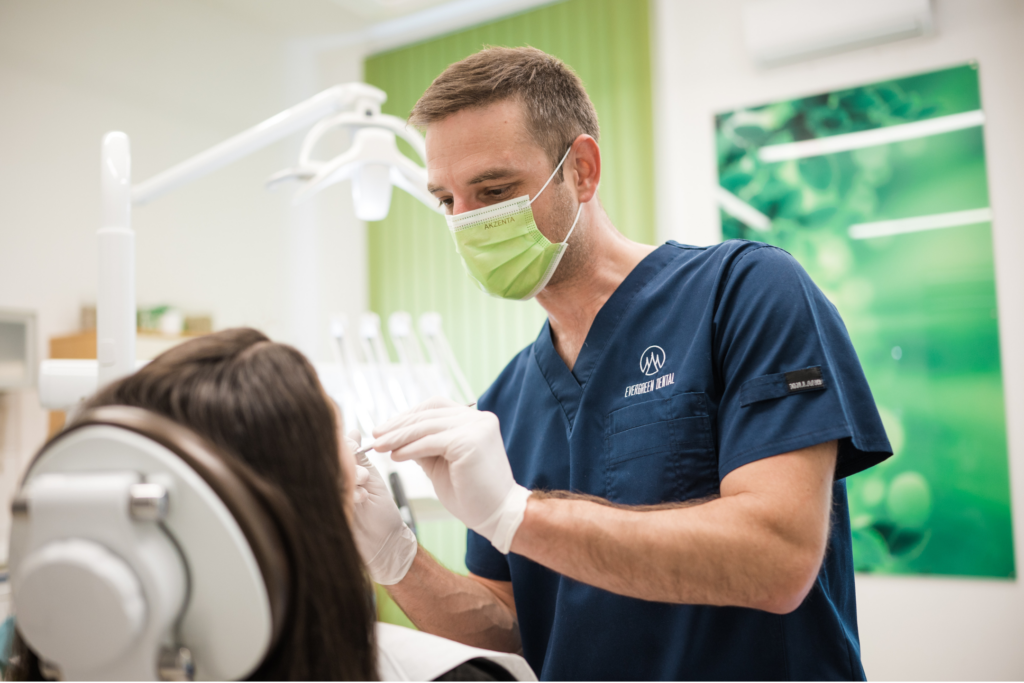Bone graft – what exactly is that? When is it needed? What advantages does it have, which methods are available and how does such a process work?
We have the answers!
WHAT IS BONE STRUCTURE AND WHY IS AUGMENTATION NEEDED?
Over time, the jawbone retracts in places where the roots of the teeth are missing. This is because the tooth is not properly used in the upper or lower jaw. It’s just like the muscles that are not strained: after a while they will die.
In the jaw this often leaves a condition in which there is a poor quality and quantity of bone.
With the bone structure (augmentation) in the jaw, we have the opportunity to replace bone.
WHAT IS SINUS LIFT?
Sinus lift is an operation that adds bone to the upper jaw in the area of molars and premolar. It is sometimes referred to as sinus augmentation or sinus elevation of the maxillary sinus. The bone is added between the jaw and the maxillary sinuses, which are on both sides of the nose. To make room for the bone, the sinus membrane must be moved upwards or “lifted”.
WHO NEEDS BONE AUGMENTATION?
Patients with insufficiently natural, healthy bone to support dental implants may be ideal candidates for bone augmentation, which is the reconstruction of the bone. The aim is to create a solid structure in which implants can be placed and fixed in the alveolar bone structure.

REASONS FOR THE AUGMENTATION
For dental implants to work successfully, the jaw must have healthy bone to support them and hold them securely in the jawbone. If someone has previously suffered from oral damage, such as gum or periodontal disease, injury or trauma to the face and jaw, the quality of the bone may be compromised. Patients who have had their teeth extracted leaving the spaces empty, or who have worn removable dentures for many years may also find that their bone density is insufficient to integrate dental implants.
Most dental bone augmentation procedures are performed to restore the bone to its previous shape after tooth loss, gum disease, or trauma. Bone grafting can also be used to maintain bone structure after tooth extraction.
The restoration and preservation of the facial bone structure is important for several reasons. Many dental procedures, such as the implantation of dental implant screws, require that the bone is as close as possible to its original dimension and position for best results. The jaw and other facial bones also support the skin and muscles responsible for our outer cosmetic appearance. Without the support of the underlying bone, our faces may look prematurely aged.
PROCESS OF BONE CONSTRUCTION
In a bone augmentation procedure, the surgeon will remove a bone section from another area of the body or, as is usually the case, uses a special bone grafting material and applies it to the jawbone. Then there is a waiting period of 6 to 9 months for the graft to create enough new, strong bone to ensure that the implant can be used stably and safely.
If you only need a small graft, it is possible that the procedure can be performed at the same time as the implantation, but the dentist will make the final decision after reviewing the compulsory 3D CT scan. Successful bone augmentation makes the jawbone strong enough to support the dental implant.
Once bone augmentation is complete, the remainder of the implant surgery can be continued. As with any surgical procedure, it is important to discuss the personal history and all the risks and benefits of surgery with the dentist. Once the doctor decides that you are well suited to the procedure, you can look forward to a brand new smile.

METHODS FOR AUGMENTATION
Autogenic material
Autogenous bone-building material (self-bone), is made of the own bone, which is taken somewhere else in the body. The bone typically comes from the chin, jaw, tibia, hip or skull. Autogenous bone augmentation material is advantageous because the material is living bone, meaning that it contains living cellular elements that enhance bone growth, and the danger of body-rejection is very low.
Allogenic material
Allogenic bone or allograft is dead bone taken from a corpse, and is then processed using a freeze-drying method to extract the water through a vacuum. Unlike autogenous bone, allogenic bone itself can not produce new bone. Rather, it serves as a scaffolding that allows bone to grow from the surrounding bone walls to fill the defect or void.
Xenogenic material
Xenogenic bone comes from non-living bone of another species, usually a cow. The bone is processed at very high temperatures to avoid the possibility of immune rejection and contamination. Like allografts, xenogenic grafts serve as scaffolding for surrounding bones to grow and fill the cavity.
Both allogenic and xenogenic bone grafting is advantageous as it does not require a second procedure for harvesting one’s own bone, as in autografts. However, since these options lack the bone-forming properties of the autograft, bone regeneration may take longer than with autografts, with a somewhat less predictable result.
ADVANTAGES OF BONE STRUCTURE
Jaw Stabilization– Bone augmentation stabilizes and helps restore the jaw foundation for restorative or implant surgery. Deformities can also be corrected, and the restructuring of the bone can provide additional support.
Preservation– Bone grafting can be used to limit or prevent bone recession following tooth extraction, periodontitis, or other invasive processes.

IS IT WORTHWHILE TO MAKE BONE AUGMENTATION FOR IMPLANTS? FIVE REASONS WHY DENTAL IMPLANTS ARE SO POPULAR:
1. Natural look and comfort: Dental implants should feel, look and function like your natural teeth. In addition, implants give patients the confidence to smile, eat, and participate in social activities without worrying about what they look like or whether their prosthesis falls out.
2. Durable and reliable: With proper care and maintenance, implants with predictable results will last as long as traditional restorations on teeth.
3. High success rate: Well-planned and well-maintained dental implants generally provide “survival rates” comparable or better than other dentures options. And as implant technology and techniques improve, so should their success rates. People with good health have the best chances for successful implants.
4. Improved ability to eat and chew: Dental implants are anchored like natural teeth in the jawbone. Over time, they help maintain the jawbone and significantly reduce bone resorption. If you replace missing teeth with implants, you can chew your food better and speak more clearly.
5. Improved facial and bone characteristics: Dental implants preserve natural tooth tissue by avoiding the need to cut adjacent teeth for conventional bridges. They also receive bone and significantly reduce bone resorption and deterioration resulting in loss of jaw bone height. Tooth implants also help to restore your jawbone structure.
